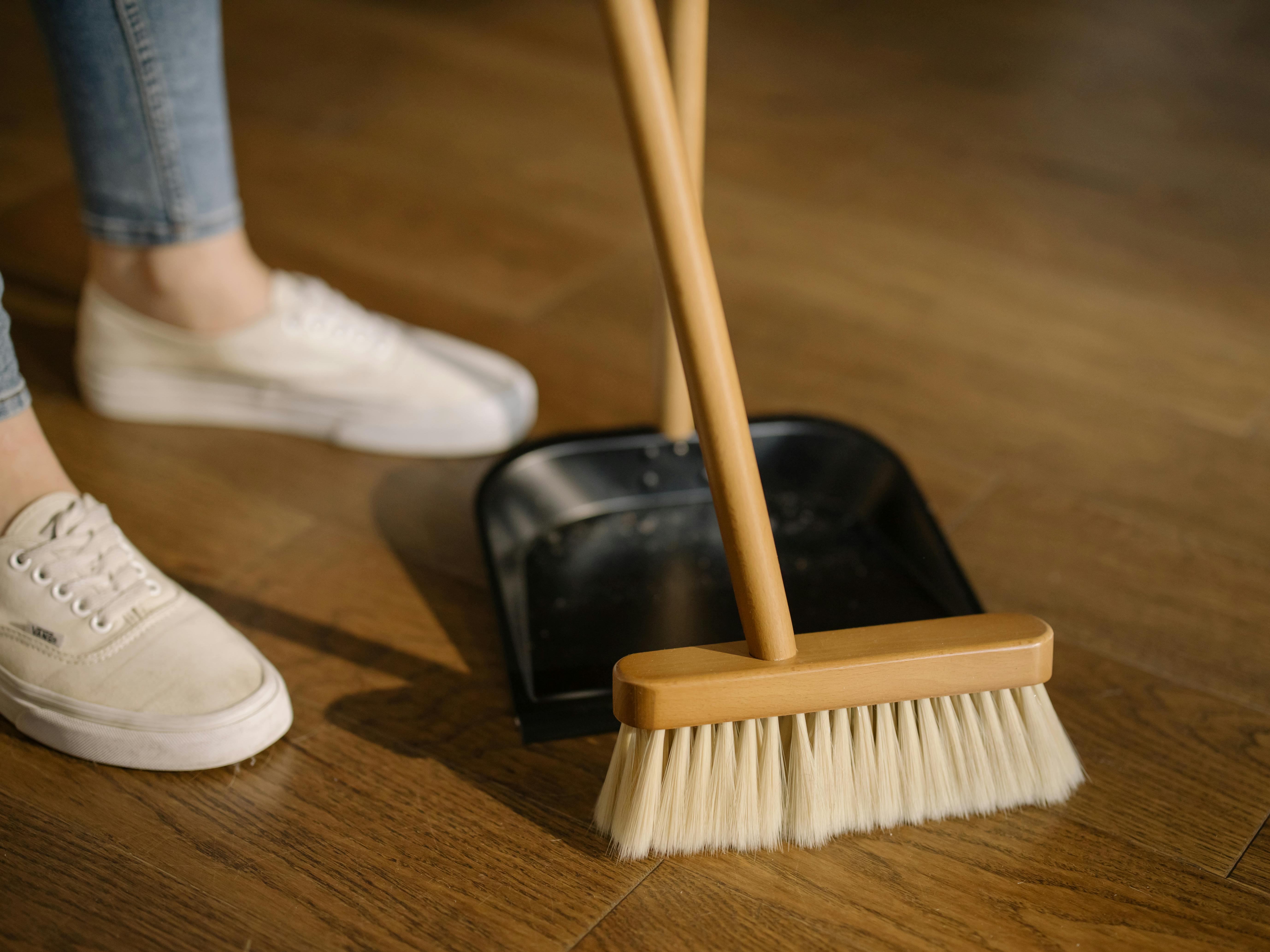
A clean office environment directly impacts employee productivity, health, and morale. Research shows that employees in well-maintained workspaces are more focused, take fewer sick days, and demonstrate higher job satisfaction. This comprehensive guide outlines best practices for office cleaning that create an optimal work environment.
The Connection Between Cleanliness and Productivity
Studies consistently demonstrate that clean work environments lead to improved cognitive function, reduced stress levels, and enhanced creativity. When employees aren't distracted by clutter or concerned about hygiene, they can focus entirely on their work tasks.
Productivity Benefits of Clean Offices
- • 15% increase in employee focus and concentration
- • 25% reduction in sick days and health-related absences
- • Improved air quality leading to better cognitive performance
- • Enhanced professional image for clients and visitors
- • Reduced stress and improved employee morale
Daily Office Cleaning Essentials
High-Touch Surface Sanitization
High-touch surfaces harbor the most germs and require daily attention to prevent illness spread throughout the office.
- Door handles and push plates: Clean every 2-4 hours during busy periods
- Light switches and elevator buttons: Sanitize multiple times daily
- Shared equipment: Printers, copiers, and coffee machines
- Conference room tables and chairs: Clean between meetings
- Reception areas: Maintain pristine condition for first impressions
Workspace Organization and Decluttering
Organized workspaces reduce mental fatigue and improve efficiency. Implement systems that make it easy for employees to maintain clean, organized desks.
Weekly Deep Cleaning Protocols
Weekly Cleaning Checklist
Workstations & Desks
- • Dust all surfaces and equipment
- • Clean computer screens and keyboards
- • Sanitize phones and desk accessories
- • Empty and sanitize trash bins
- • Vacuum under and around desks
Common Areas
- • Deep clean break rooms and kitchens
- • Sanitize refrigerators and microwaves
- • Clean and restock restrooms
- • Vacuum and mop all floor areas
- • Clean windows and glass surfaces
Air Quality Management
- • Replace or clean HVAC filters
- • Dust air vents and returns
- • Check and clean air purifiers
- • Ensure proper ventilation in all areas
- • Monitor humidity levels
Specialized Areas
- • Conference room deep cleaning
- • Reception area maintenance
- • Storage room organization
- • Server room dust management
- • Executive office detailed cleaning
Restroom Hygiene Standards
Clean restrooms are crucial for employee health and comfort. Poor restroom conditions can significantly impact workplace satisfaction and productivity.
Daily Restroom Maintenance:
- • Clean and disinfect all surfaces multiple times daily
- • Restock supplies (toilet paper, soap, paper towels)
- • Empty trash bins and replace liners
- • Mop floors with disinfectant
- • Check and clean mirrors and fixtures
- • Ensure proper ventilation and odor control
Break Room and Kitchen Area Cleaning
Clean break rooms promote healthy eating habits and provide employees with a pleasant space to recharge during breaks.
Kitchen Cleaning Protocols:
- • Clean and sanitize all appliances daily
- • Wipe down counters and tables after each use
- • Empty and clean refrigerators weekly
- • Maintain coffee stations and water coolers
- • Ensure proper food storage and disposal
Employee Responsibility Program
Implement a "clean as you go" policy where employees take responsibility for their immediate workspace. Provide cleaning supplies and clear guidelines for personal area maintenance.
Technology and Equipment Cleaning
Office technology requires special attention to maintain functionality and hygiene without causing damage to sensitive equipment.
Safe Technology Cleaning:
- • Use appropriate cleaning solutions for electronics
- • Clean keyboards and mice with compressed air and alcohol wipes
- • Sanitize phone handsets and headsets regularly
- • Dust computer towers and equipment regularly
- • Clean printer and copier surfaces and paper trays
Seasonal Office Cleaning Considerations
Winter: Cold and Flu Prevention
- • Increase sanitization frequency during flu season
- • Provide hand sanitizer stations throughout the office
- • Deep clean HVAC systems before heating season
- • Address salt and moisture tracking from outdoors
Spring: Deep Cleaning and Renewal
- • Comprehensive carpet and upholstery cleaning
- • Window cleaning for maximum natural light
- • Air duct cleaning and filter replacement
- • Decluttering and organization initiatives
Creating a Cleaning Schedule That Works
Effective office cleaning requires a well-planned schedule that minimizes disruption to business operations while maintaining high standards.
Optimal Cleaning Times:
- • Early morning before employees arrive
- • Evening after business hours for deep cleaning
- • Lunch breaks for quick touch-ups in common areas
- • Weekends for intensive cleaning projects
Measuring Cleaning Effectiveness
Track the impact of your cleaning program through employee feedback, health metrics, and productivity indicators.
Key Performance Indicators:
- • Employee satisfaction surveys regarding workplace cleanliness
- • Sick day frequency and health-related absences
- • Client and visitor feedback on office appearance
- • Productivity metrics and focus levels
- • Equipment longevity and maintenance costs
Professional vs. In-House Cleaning
While basic maintenance can be handled internally, professional cleaning services offer expertise, specialized equipment, and consistent results that can significantly impact productivity and employee satisfaction.
Conclusion
Investing in proper office cleaning protocols is an investment in your team's productivity, health, and job satisfaction. A clean, well-maintained workspace communicates professionalism, supports employee well-being, and creates an environment where productivity can flourish.
Remember that consistency is key to maintaining these benefits. Regular cleaning schedules, employee education, and professional support when needed will ensure your office remains a productive, healthy environment for everyone.

James Wilson
Operations Manager, Demari Cleaning Company
With extensive experience in commercial cleaning operations, James helps businesses optimize their cleaning protocols to enhance productivity and create healthier work environments.


